Biggest Branding Mistakes & How to Avoid Them
Are you avoiding these common brand pitfalls?
01
Stopping at your logo.
A lot of people think a brand is simply a logo. But a logo is just the tiniest part of your brand.
If you think of a brand as a person, a logo is like a person’s name. Sure, it’s important and probably the first thing you learn when you meet them. But there is so much more to getting to know that person and building a relationship, just as there is so much more to a brand
I like to say a brand is a relationship—a relationship between many elements (like color, type, imagery and messaging) working in concert to tell your full story. It’s also the relationship between you and your customer. It goes beyond what you see, to what you say and do.
—How to avoid this:
Before you even think about a logo, define your brand. Start with your story and values. Think about what is unique about your service or the way you deliver it. Once you can articulate this, make sure everything the customer experiences (what you do, say, create) reflects this.
02
Making design decisions based on what you like or what's out there.
For non-designers, picking things like colors or fonts can be really overwhelming. And so it’s natural for clients to make decisions based on what they know—which usually comes down to personal preferences (“I like red.”) or copying competitors (“Well, they do this and they’re successful, so I should do that too.”).
However, this can sometimes be harmful to your brand.
Example
Let’s say navy blue is your favorite color but you are creating a brand for a bakery. Instead of picking navy blue for your brand because you love that color, a designer might suggest that you pick or incorporate a color that is more appetizing to customers, like pink, which is associated with sweet flavors.
This is because there is a psychology or science behind the way that humans perceive color. Different colors have a different affect on mood and perception. Blue, for example, does not create an automatic response towards appetite. This is because most of the foods humans eat in nature are red (meat) or green (plants). At a primal level, humans do not perceive blue as an appetizing color. Studies have even shown that people eat less food when served on a dark blue plate than that of a lighter color.
—How to avoid this:
When making design decisions try to think about your customer or industry and what might appeal or make sense within their context. And while it's totally fine (and even a good idea) to pay attention to what your competitors are doing, think about how you can differentiate yourself or make more strategic decisions based on things like color psychology or market research.
03
Not being consistent.
The single most important thing you can do to build a meaningful brand is to be consistent. The same way we build trust in our relationships between people is true for brands—what you do, must match what you say and be shown consistently over time.
The biggest mistake I see is when brands show up differently in different places or when people change up the font in their logo here and there, diluting their brand recognition and often confusing customers.
—How to avoid this:
I like to say: define before design. To avoid creating a mix-matched aesthetic, define your colors, fonts and even messaging first. If you're working with a designer, they can help you establish brand guidelines—a document that defines the exact logos, colors, fonts and design elements that should be used and how to use them. Once you have your brand fully articulated, stick to it and over time you will be able to create a strong brand presence.
